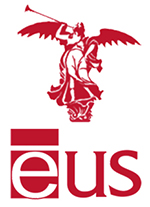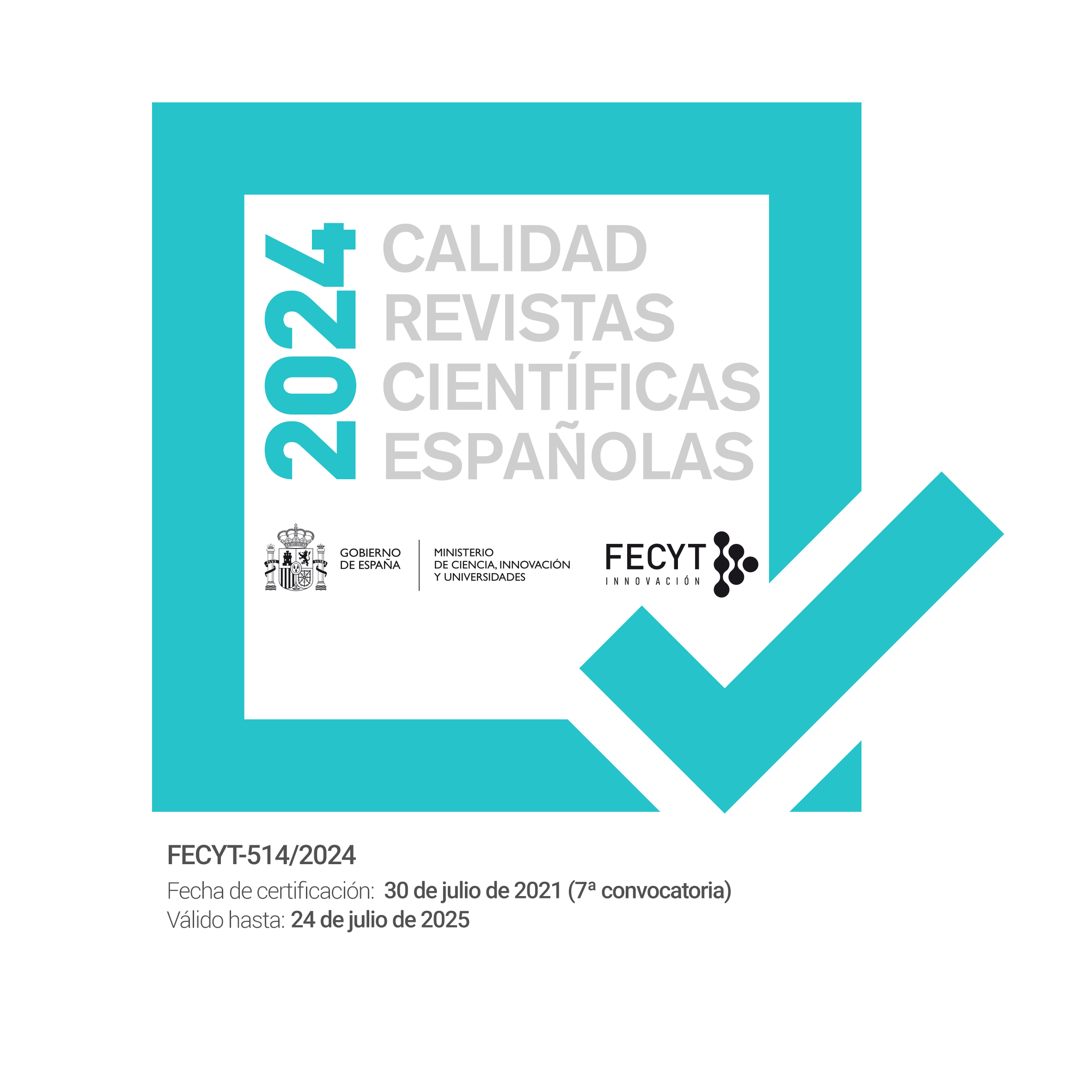Unreliable Homodiegesis and the Trace of Influence: the Work of E.A. Poe
Abstract
ABSTRACT: The present article elaborates on the question of infl uence from the perspective of Reader-Response Criticism to extend Umberto Eco’s distinction of three paths of literary infl uence (contemporary, linear, and Zeitgeist) into a fourth one that involves the aesthetic dimension of literary works as artistic manifestations. The literary and critical work of E.A. Poe is used to show the functioning of both direct and reverse infl uence between Poe and contemporary (Charles Dickens) or later authors (Paul Bowles, Vladimir Nabokov and Thomas Pynchon). Infl uence is traced through three main textual tools: specifi c images, unreliable homodiegesis, and the construction of a fi nal effect. Analysis proceeds from fi rst, ascertaining Poe’s infl uence on the above-mentioned authors; and second, exploring the nature of this relationship. The result of this analysis shows the addition of symbolism and plot development to Dickens’ work; and of international, contemporary recognition to Poe’s. It also shows the development of the postcolonial and the metafi ctional in the 20th-century understanding of Poe’s work, and the process by which Poe as an author is characterized to enter the world of fiction.
RESUMEN: El presente artículo desarrolla la cuestión de la infl uencia desde la perspectiva de la crítica de la recepción del lector para extender la distinción que Humberto Eco hace de los tres patrones de infl uencia literaria (contemporánea, lineal y Zeitgeist) hasta un cuarto modelo que implica a la dimensión estética de las obras literaria como manifestaciones artísticas. La obra literaria y crítica de E. A. Poe se utiliza para mostrar el funcionamiento de la infl uencia directa e inversa entre Poe y autores contemporáneos (Charles Dickens) y posteriores (Paul Bowles, Vladimir Nabokov y Thomas Pynchon). La infl uencia es analizada a través de tres instrumentos textuales: imágenes específi cas, la homodiégesis no fi able y la construcción de un efecto fi nal. El análisis comienza con la confi rmación de la infl uencia de Poe en los autores anteriormente mencionados y prosigue con la exploración de la naturaleza de esta infl uencia. El resultado de dicho análisis muestra la contribución de Poe al simbolismo y desarrollo de la trama en el trabajo de Dickens, así como el reconocimiento contemporáneo de la obra de Poe a nivel internacional. También muestra el desarrollo de las visiones postcolonial y metafi ccional del trabajo de Poe en el siglo veinte, y el proceso por el que Poe como autor se convierte en un personaje que puede ser asimilado por el mundo de ficción.















